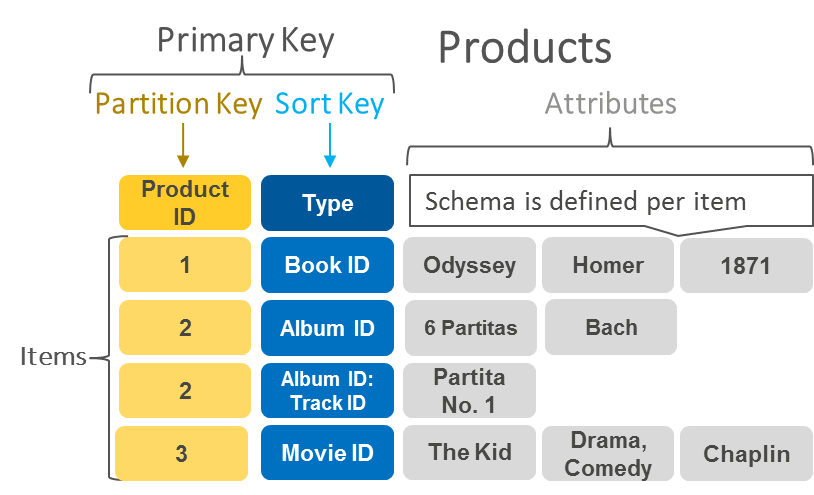AWS Database Blog
Introducing Curated Solutions for Databases on AWS
Solutions on AWS help you simplify cloud adoption and accelerate time-to-value by delivering proven, ready-to-deploy architectures tailored for industry, cross-industry, and technology use cases. We have recently added a number of Guidance topics to Solutions for Databases. In this post, we provide a quick reference to the newest Guidance and how it can be used to address your business needs.
New – Amazon Aurora Optimized Reads for Aurora PostgreSQL with up to 8x query latency improvement for I/O-intensive applications
Amazon Aurora is a MySQL- and PostgreSQL-compatible relational database built for the cloud. Aurora combines the performance and availability of traditional enterprise databases with the simplicity and cost-effectiveness of open-source databases. We are excited to announce the launch of the Optimized Reads feature for Aurora PostgreSQL. Aurora Optimized Reads delivers up to 8x improved query latency and up to 30% cost savings compared to instances without it, for applications with large datasets that exceed the memory capacity of a database instance. This new price-performance feature is available on AWS Graviton-based db.r6gd and Intel-based db.r6id instances that support non-volatile memory express (NVMe) storage.
Design patterns to access cross-account secrets stored in AWS Secrets Manager
This post discusses cross-account design options and considerations for managing Amazon Relational Database Service (Amazon RDS) secrets that are stored in AWS Secrets Manager. Amazon RDS is a managed service that makes it easy to set up, operate, and scale a relational database on AWS. Secrets Manager helps you securely store, encrypt, manage, rotate, and […]
Achieving minimum downtime for major version upgrades in Amazon Aurora for PostgreSQL using AWS DMS
AWS provides two managed PostgreSQL options: Amazon RDS for PostgreSQL and Amazon Aurora PostgreSQL. When Amazon RDS or Aurora support a new major version of a database engine, for example, PostgreSQL 10 to 11, you can upgrade your DB instances to the new version. Major version upgrades can contain database changes that may not be […]
Securing Amazon RDS and Aurora PostgreSQL database access with IAM authentication
AWS provides two managed PostgreSQL options: Amazon RDS for PostgreSQL and Amazon Aurora PostgreSQL. Both support IAM authentication for managing access to your database. You can associate database users with IAM users and roles to manage user access to all databases from a single location, which avoids issues caused by permissions being out of sync […]
Migrating databases using RDS PostgreSQL Transportable Databases
April 2023: This post was reviewed and updated with a new section on Limitations Amazon Relational Database Service (Amazon RDS) for PostgreSQL now supports the feature Transportable Databases, a high-speed data import and export method supported on versions 11.5 and later and 10.10 and later. If you need to import a PostgreSQL database from one […]
Running AWS Lambda-based applications with Amazon DocumentDB
Microservices-based applications architectures are the norm for building scalable applications. AWS makes creating these types of applications easier with Amazon DocumentDB (with MongoDB compatibility). Just bring your code and deploy an application with this fast, scalable, highly available, and fully managed document database service that supports MongoDB workloads. You can use the same MongoDB application […]
How to archive data from relational databases to Amazon Glacier using AWS DMS
March 2023: This post was reviewed and updated with architecture diagrams and console screenshots. You can use AWS Database Migration Service (AWS DMS) to migrate data from various sources to most widely used commercial and open-source databases. AWS DMS also supports Amazon S3 as a source and as a target for migrations. When you use Amazon S3 […]
DynamoDB Streams Use Cases and Design Patterns
September 8, 2021: Amazon Elasticsearch Service has been renamed to Amazon OpenSearch Service. See details. Updated May 2021. This post describes some common use cases you might encounter, along with their design options and solutions, when migrating data from relational data stores to Amazon DynamoDB. We will consider how to manage the following scenarios: How do […]
Choosing the Right DynamoDB Partition Key
September 2022: This post was reviewed and updated for accuracy. This blog post covers important considerations and strategies for choosing the right partition key for designing a schema that uses Amazon DynamoDB. Choosing the right partition key is an important step in the design and building of scalable and reliable applications on top of DynamoDB. […]









